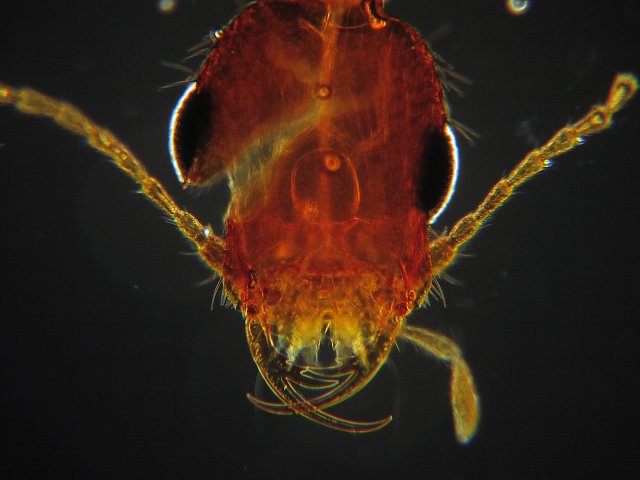
Image 1: A beetle with rather impressive jaws. Darkfield illumination. The species is uncertain; it may possibly be one of the rove beetles. The whole beetle was about 1/3 of an inch long with a very slender body. (It was almost snake-like in form.) |
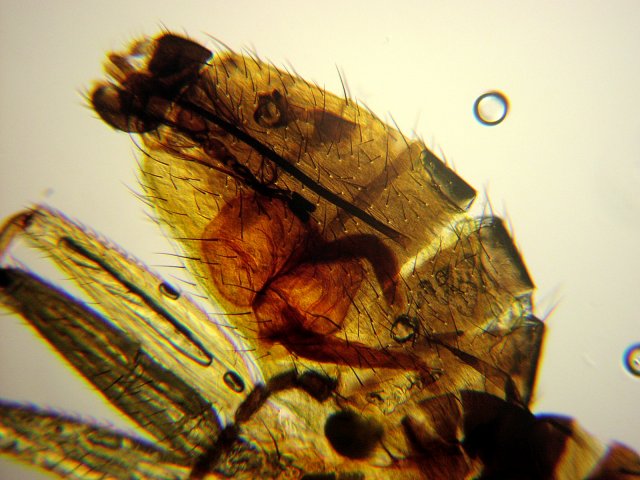
Image 2: Fly abdomen. Brightfield illumination. The fly species is uncertain. It was about 1/8 to 1/6 inch long and had the overall body form of a fruit fly. Though definitely not the coloration of a typical fruit fly. |
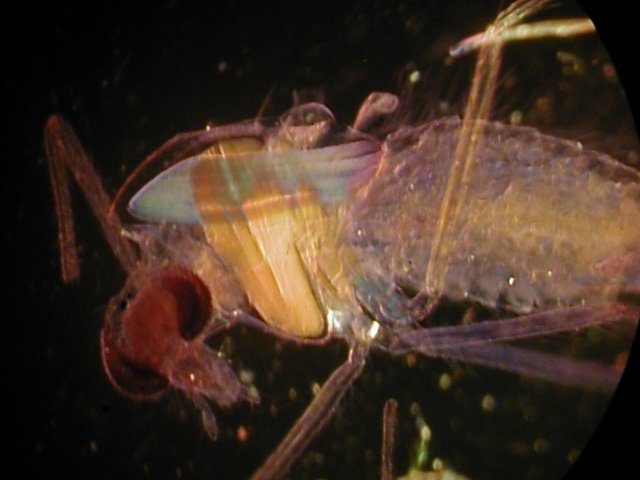
Image 3: Fly head. Crossed polars and darkfield illumination. |
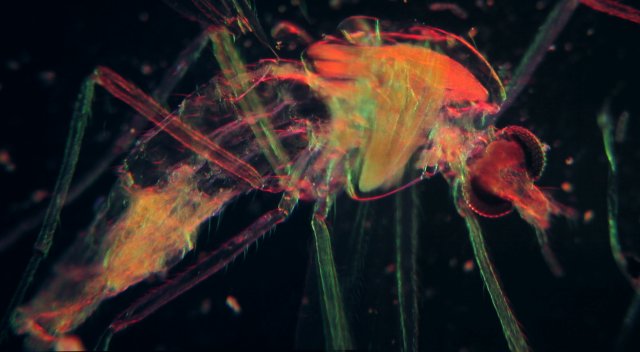
Image 4: Fly. Rheinberg illumination. Images 4 and 5-7 were made using two or more separate images, which I then stitched together using the software program Camedia (which shipped with my Olympus camera and has a function for creating panoramas). There are other similar programs that do the same thing. I basically took a picture, then moved the slide a little and took another picture and so on. Until the entire specimen had been photographed. I then just ran the images through the Camedia program to stitch the separate parts together. |
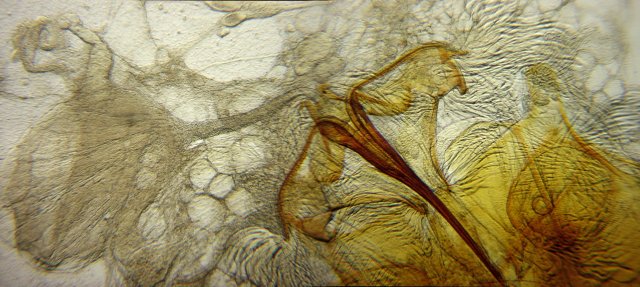
Image 5: Stinger of the western harvester worker ant. Oblique illumination. |

Image 6: Stinger of the western harvester worker ant. Darkfield illumination. |
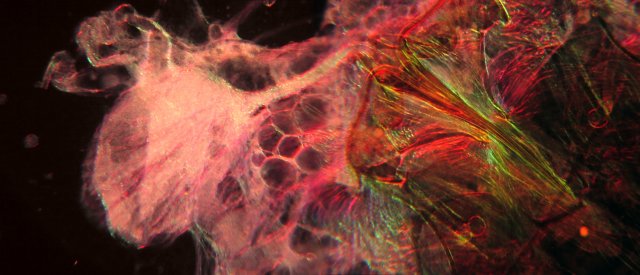
Image 7: Stinger of the western harvester worker ant. Rheinberg illumination. |
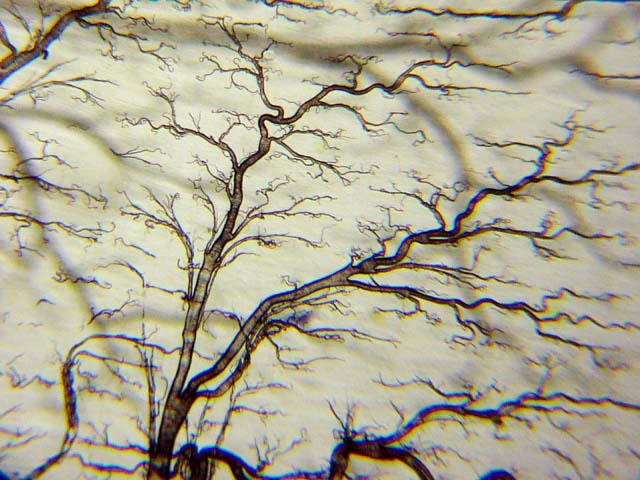
Image 8: Tracheal system of a mealworm. (Larva of a beetle; often sold at pet stores for feeding birds, small lizards etc). Oblique illumination. Optical mag. 100x. |
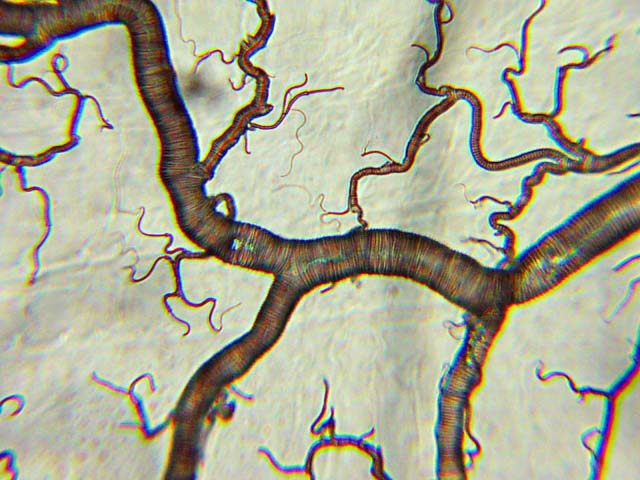
Image 9: Tracheal system of a mealworm. Dark field illumination. Optical mag. 430x. |
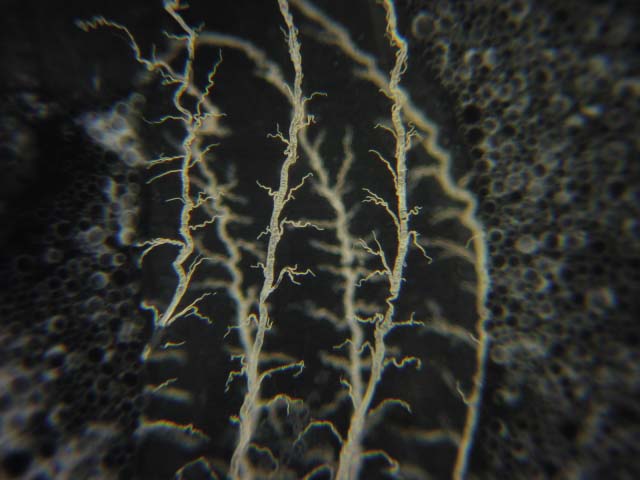
Image 10: Tracheal system of a mealworm. Dark field illumination. Optical mag. 100x. |